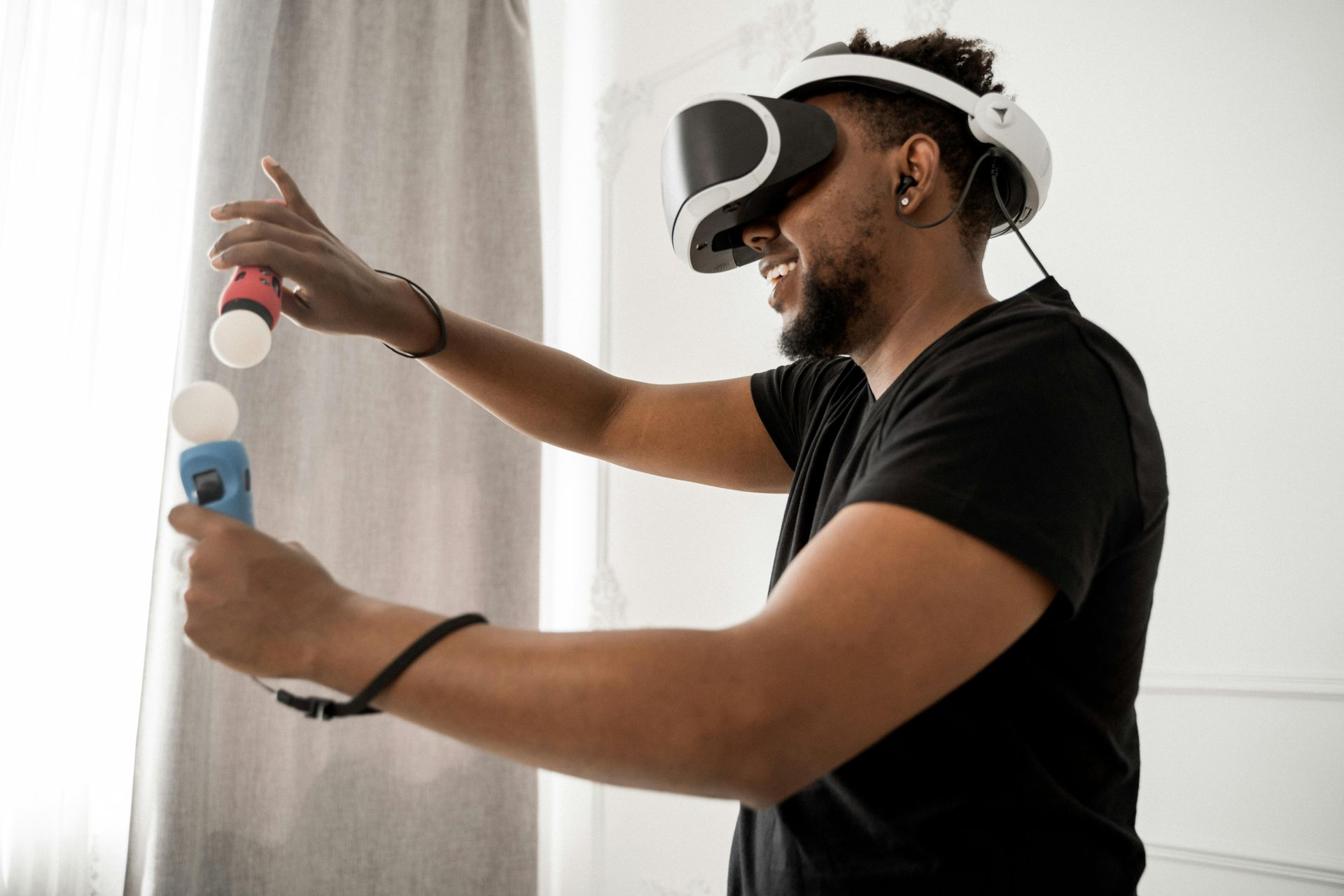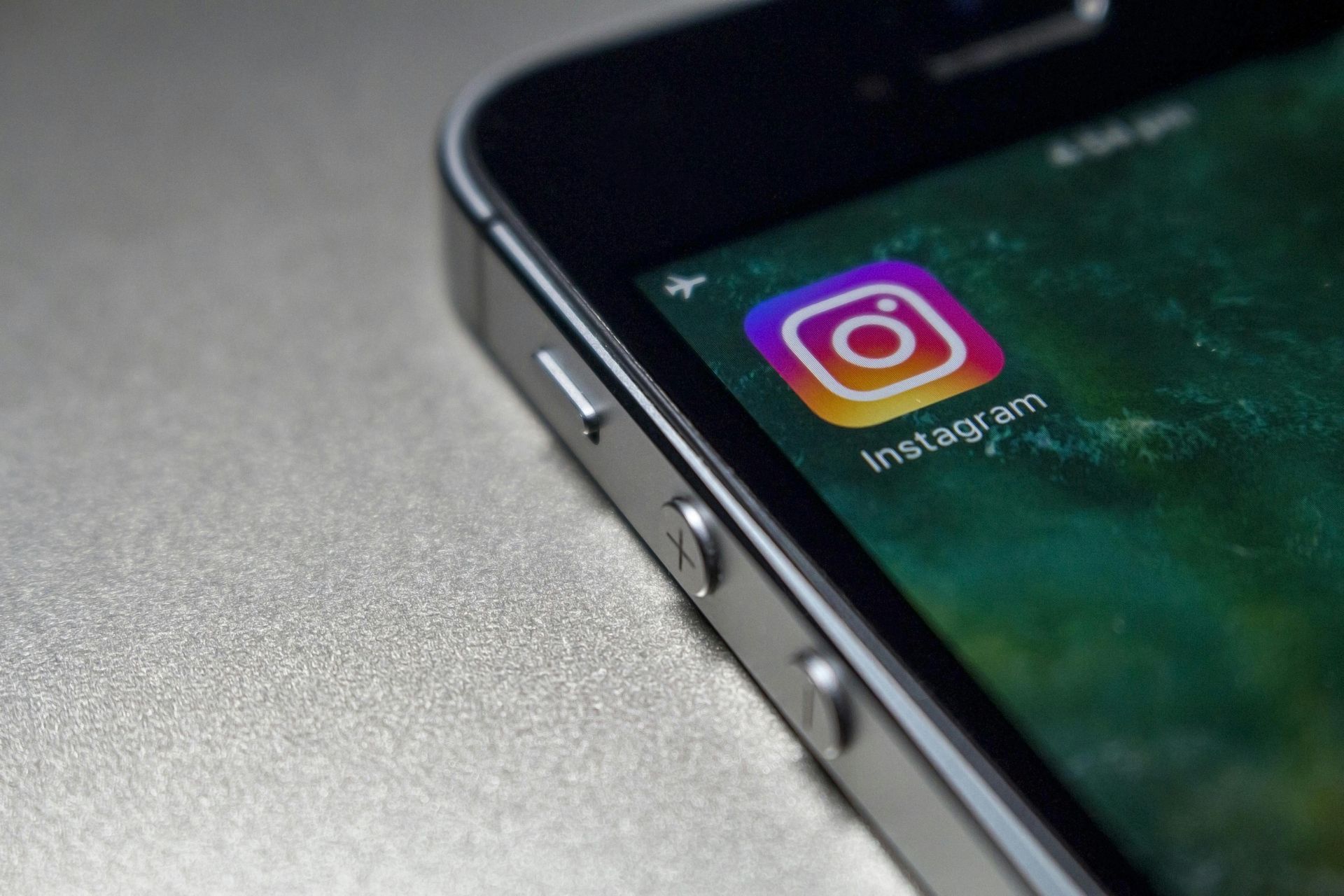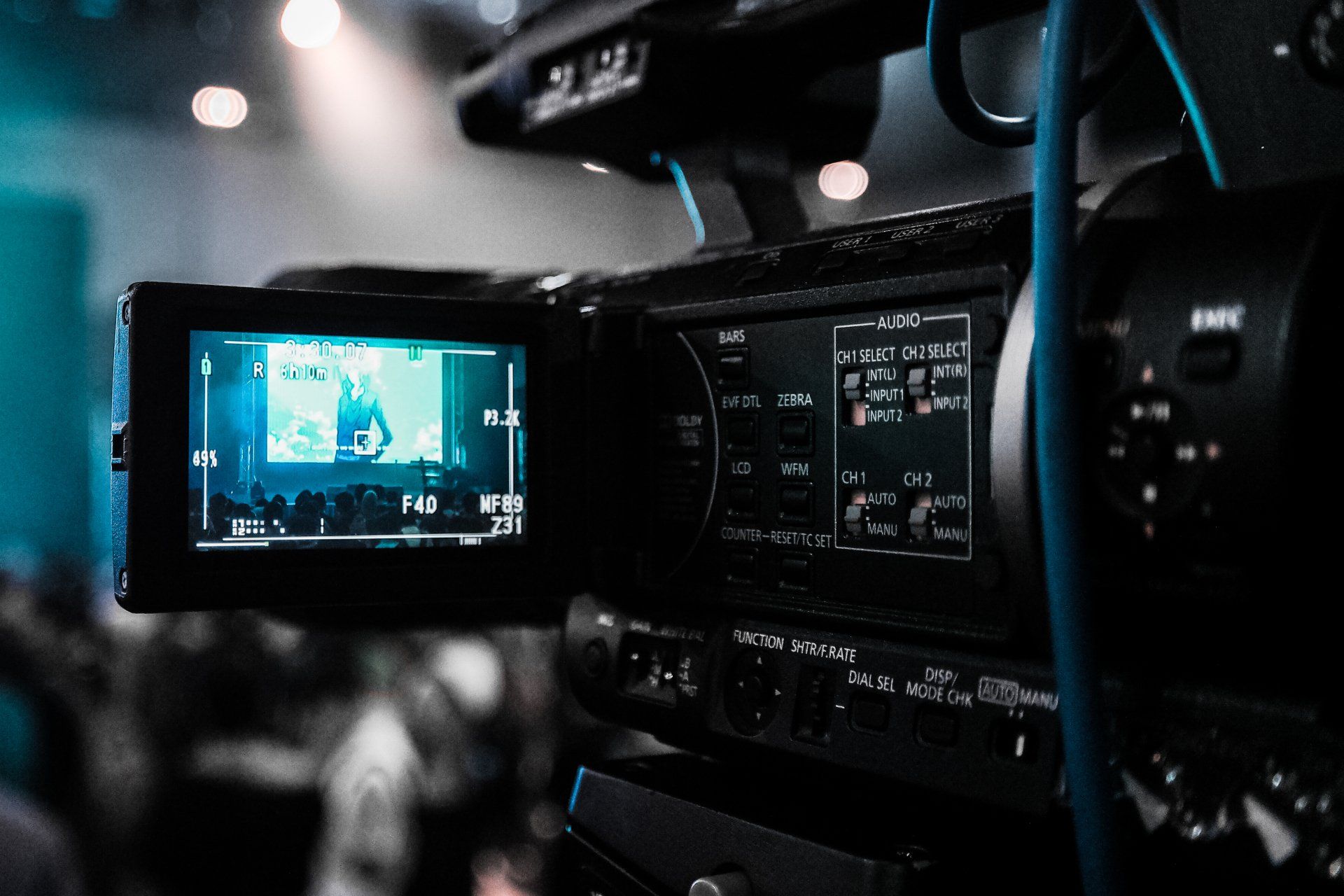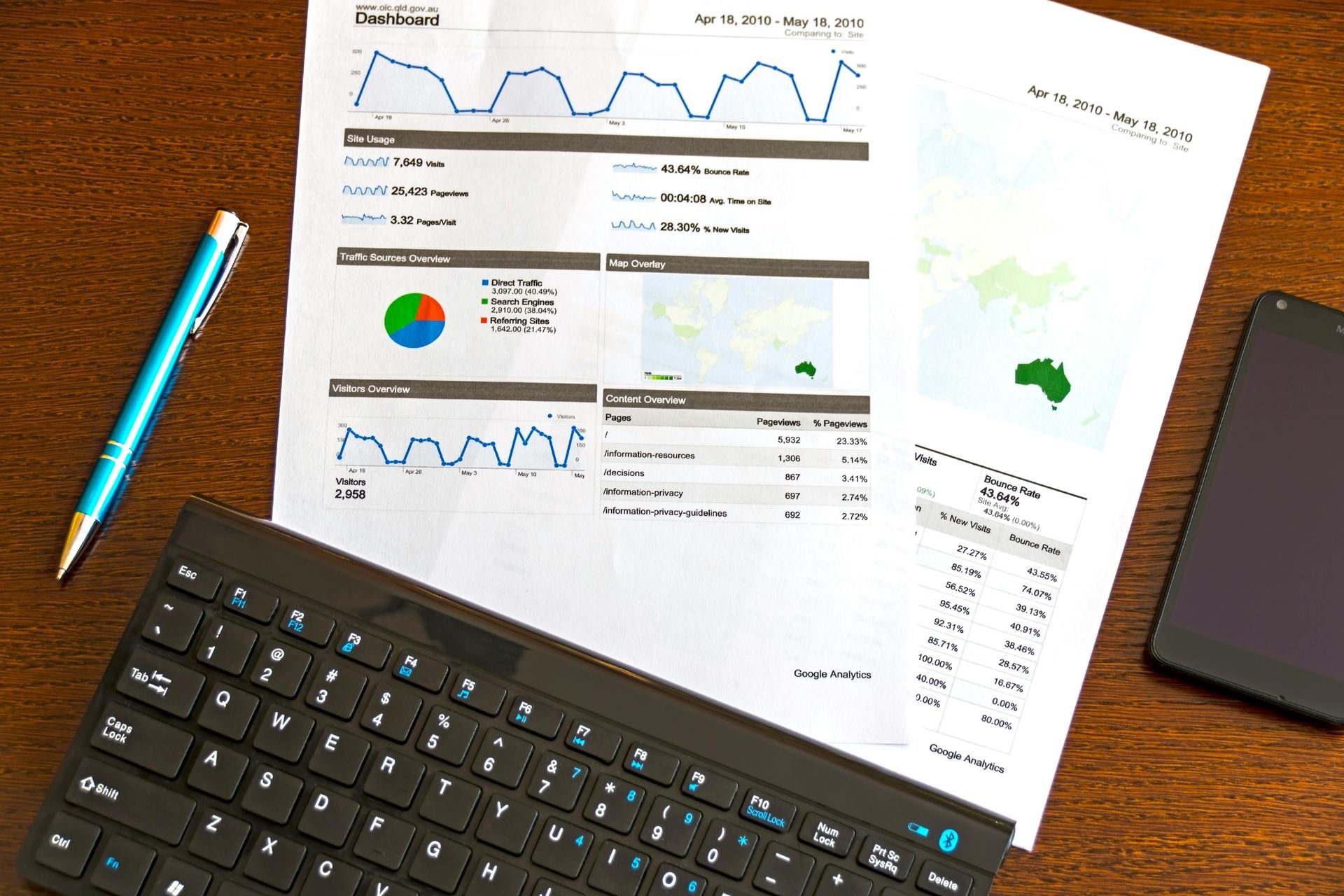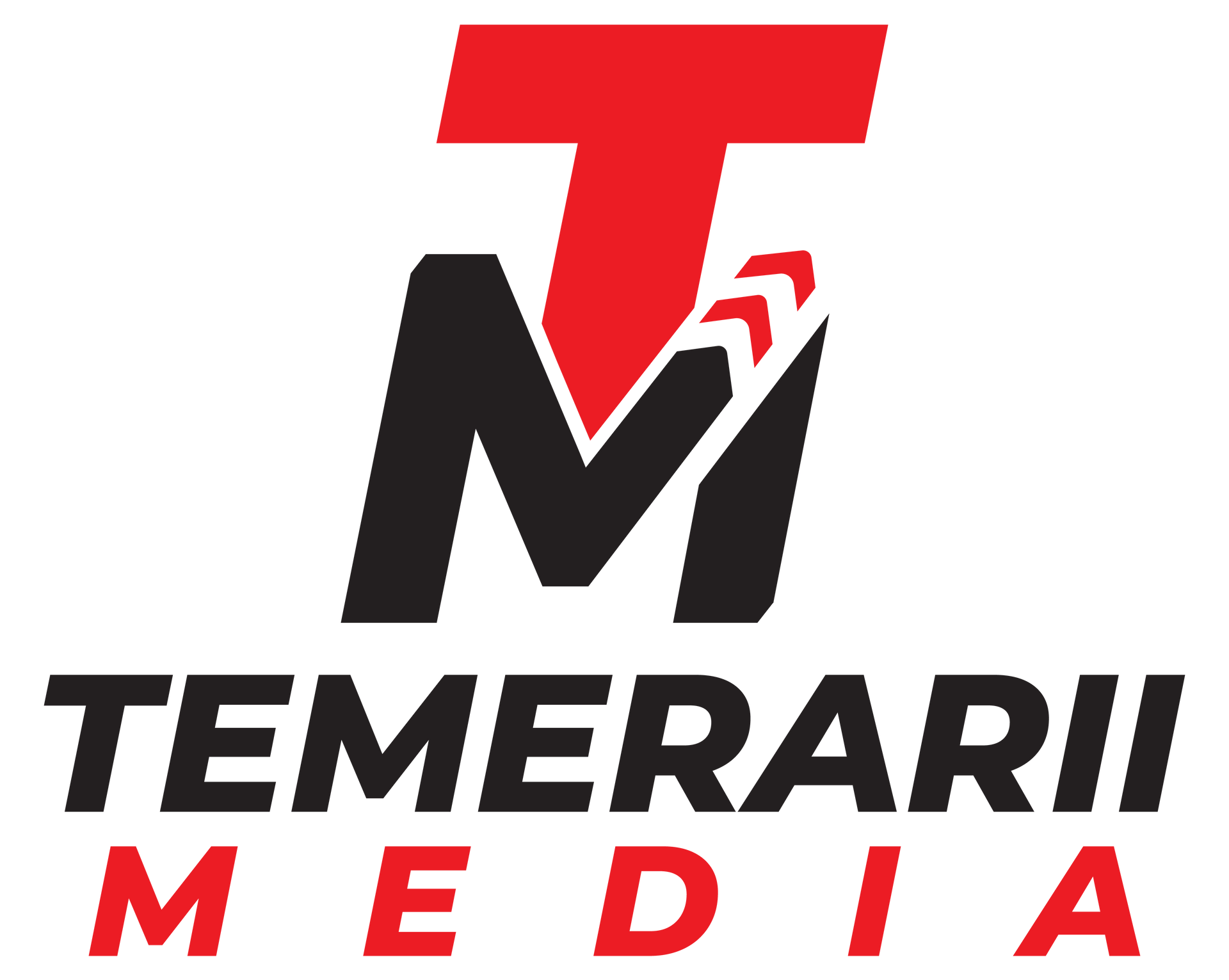Advertising has always been about getting in front of the right person with the right message at the right time. That hasn’t changed. What has changed is how precisely we can now do it and how accountable it has become. Modern advertising is less about blasting a message and more about engineering attention with intent. You are no longer buying space just to be visible. You are buying the opportunity to persuade, to generate demand, to capture action, and to learn. That last part is critical. Advertising today is not only a way to reach people, it is also a research tool. Every campaign produces data: what message resonated, who responded, which creative pulled, which audience ignored you, where friction appeared in the path from interest to click to conversion. When you treat ads as both acquisition and intel, you stop guessing and you start iterating with purpose.
The other reason advertising still matters is that organic reach alone is rarely enough. A brand can tell its story, post content, build community, and rank on search, and it should do all of that. But organic reach mostly speaks to the people who already know you or are actively looking. Paid media lets you break out of that bubble. It lets you get in front of people who have never heard of you, but are already primed for what you do. It lets you test angles, offers, positioning, and creative at speed. It lets you shape perception in markets you haven’t fully entered yet. You are not waiting to be discovered. You are deciding where to show up and how you will be understood when you arrive.
Paid Strategy as an Extension of Brand Strategy
Strong advertising is not a bolt-on tactic. It is an extension of positioning. You cannot separate what you are saying in the market from who you are trying to be in that market. If your organic voice is careful, expert, and trust-driven, and your ads are loud, aggressive, and transactional, you create dissonance. People click, then they land, and the tone doesn’t match. That creates distrust. If your organic presence is full of proof, substance, and credibility, and your ads sound vague and interchangeable, you waste the most valuable surface you have: the first impression. The most effective brands line up offer, message, tone, and proof across every channel so that the person encountering them in an ad gets a consistent story from first touch through conversion.
Advertising also sharpens positioning because it forces clarity. You cannot run a vague ad and expect performance. You have to decide which problem you solve, who feels that problem urgently, why they should trust you to solve it, and what you want them to do next. That level of specificity exposes weak messages fast. It shows you when you’re talking to the wrong audience. It shows you when you’re leaning on features nobody cares about. It shows you when you’re selling outcomes you don’t actually deliver. You learn quickly not just what works, but why. That insight doesn’t stay in paid. It loops back into your website language, sales talk tracks, nurture sequences, partnership decks, even product roadmap conversations. Paid creates feedback. Feedback improves positioning. Positioning improves everything else.
Search Advertising and the Power of Intent
When someone types a problem, a need, or a desire into a search bar, they are declaring intent. They are not casually browsing. They are actively looking for a path forward, a provider, a product, an answer. Search advertising exists to meet that moment. This is why ads in search environments, when done well, tend to deliver highly qualified interest. You are not interrupting. You are stepping into a decision window that already exists.
Search advertising works because it lets you align your message with the exact language people are already using. Instead of guessing how prospects describe their pain, you can match real queries with headlines and copy that speak directly to that need. The more relevant the match, the higher the chance of a click that actually matters. From there, the experience has to stay consistent. If the ad promises a specific offer, the landing experience needs to deliver that offer immediately, without making the visitor hunt for it. If the ad promises local availability, the landing experience needs to confirm location instantly. If the ad promises speed, the landing experience cannot be slow, cluttered, or vague. Every disconnect costs trust and drives up acquisition cost.
Search platforms also allow different creative formats for different jobs. Text-based ads can capture direct demand. Shopping-style placements can surface products visually for comparison in the moment of search. Visual and video-driven placements can educate, demonstrate, or persuade before someone even clicks through. Local extensions can drive people straight to a call or visit instead of a full browsing session. App-focused formats can skip the traditional funnel and drive installs directly. Each format, when used intentionally, supports a specific stage in the decision path. Together, they let you surround the moment of intent from multiple angles.
Social Advertising and the Work of Demand Creation
Not every buyer wakes up knowing they need you. Sometimes you have to create the moment. Social platforms excel at this because they are built around identity, curiosity, culture, and attention — not just answers. When you advertise in social environments, you are often not responding to an explicit search. You are inserting a possibility into someone’s feed in a way that feels relevant enough to pause their scroll. That is a different kind of challenge, but when you get it right, it is incredibly powerful.
Good social advertising does three things at once. It teaches. It frames. It invites. Teaching means giving the viewer a fast, useful insight about a problem they might not have fully articulated yet. Framing means showing that there is a better way to solve that problem, and that the better way looks and feels like you. Inviting means offering a next step that feels logical and low resistance: watch this, tap for details, see how it works, claim this offer, reserve a spot, talk to us. The tone matters. Social is crowded with generic claims, so specificity wins. Proof wins. Personality wins. Real footage, real language, real outcomes — all of that outperforms generic stock-style creative because social is rooted in perceived authenticity.
Different platforms inside the social world lean into different strengths. Some are built for story and visual lifestyle. Some are built for conversation, perspective, and live commentary.
Some are built for professional identity and credibility. Some are built for fast entertainment and emotional hit. The mistake many brands make is treating all of these platforms as interchangeable. What works in a polished, portfolio-style environment may fall flat in a raw, fast, vertical video environment. What works in a professional networking context may feel out of place in a personal feed. Strong advertisers respect those differences. They don’t copy and paste. They adapt the creative, the pacing, the voice, and even the call to action so they feel native to the space they’re in.
Social advertising also gives you the ability to test positioning in public. You can run variations of the same core offer with different angles — authority, savings, convenience, exclusivity, transformation, speed, community — and see which angle actually pulls attention and conversion from the audiences you care about. That kind of live message testing used to require long cycles and expensive creative. Now it can happen in days. The output of that testing then feeds not just future ads, but brand language as a whole.
Native Advertising and the Disappearing Ad
Native advertising aims to solve a particular problem: people have become very good at tuning out anything that obviously looks like an ad. Instead of fighting that, native placements lean into context. The ad is built to match the surrounding environment in tone and format so it feels like part of the experience rather than an interruption.
When native works, it doesn’t scream “click now.” It says, here’s something relevant to what you’re already reading, watching, or thinking about. That makes it especially effective for mid-funnel education. Imagine a reader who is already exploring a topic, learning about a challenge in their business, or researching how to evaluate vendors. A piece of sponsored content in that moment is not random; it is timely. You are stepping in as a guide, not just a seller. If the content is actually useful — not fluff, not recycled boilerplate, but genuinely helpful perspective — it accomplishes something more valuable than a quick click. It positions you as an authority. Authority builds preference. Preference makes later conversion easier and cheaper.
The trap to avoid with native is bait-and-switch. If the headline promises a point of view, a breakdown, a comparison, or an explanation, the content itself needs to deliver on that promise without immediately lunging for the hard sell. People will tolerate being marketed to if they are getting value. They will punish you for wasting their attention. Native advertising works long-term when it respects that line.
Programmatic Buying and Scale With Control
Programmatic advertising is the behind-the-scenes engine that automates buying, targeting, and placing ads across large volumes of digital inventory. Instead of negotiating each placement one by one, you define who you want to reach and under what conditions, and software handles the rest in real time. The appeal is reach with precision. You can extend beyond a single platform and follow your audience across the open web, apps, and connected environments with consistent messaging and frequency control.
There are two main motions inside programmatic. One is auction-based buying, where impressions are bid on and served dynamically. The other is direct buying, where you negotiate more controlled placement with specific publishers or environments. Auction-based buying gives you flexibility and efficiency. Direct buying gives you predictability and brand safety. Used together, they let you scale without losing intentionality.
The real strength of programmatic is continuity. You can build sequencing. A person sees one message at awareness stage, then a different message after showing interest, then a different message after visiting key pages, then a different message if they stall. That sequence mirrors a thoughtful sales conversation. Instead of shouting the same generic promise over and over, you move with the person. You acknowledge what they’ve already seen. You address the next natural objection. You reinforce credibility at the exact moment credibility matters most.
Connected TV and the Return of Big-Screen Storytelling
Advertising on streaming platforms and connected TV devices brings together two forces: the emotional weight of full-screen video and the targeting intelligence of digital. This matters because attention on traditional broadcast has fractured. Viewers now consume through streaming services, smart TVs, and over-the-top devices. Connected TV advertising lets you reach those viewers with the craft and narrative depth of classic brand storytelling, but without the waste of buying broad, untargeted airtime.
The opportunity here is brand lift at high quality. Long-form or cinematic creative has space to do what short formats can’t: build feeling, establish mood, anchor memory. That emotional work still matters. People don’t always remember bullet points. They remember how something made them feel. But unlike legacy television, connected placements can also be tied back to digital behavior. You can measure downstream lift in site visits, branded search, and direct responses after exposure. You can target by interest, context, geography, or demographic profile instead of shouting into a crowd and hoping the right people happen to be watching.
For brands that have historically lived only in performance channels, connected TV can function as a credibility unlock. It signals maturity. It signals presence. It gives you a way to tell your story in a more dimensional way than a single headline and call to action box ever can. For brands that already invest in storytelling, it adds accountability and control that traditional broadcast never offered.
Creative, Offer, and Landing Experience
There is a painful truth in advertising that not enough teams want to say out loud: poor creative and weak offers sink more campaigns than targeting ever will. You can have flawless media buying, perfect segmentation, thoughtful placement, and still watch performance die if what you’re saying is bland or if the next step you’re offering feels vague, risky, or high effort.
Strong creative is specific. It shows a before and after the audience instantly recognizes. It uses language the audience already uses to describe their pain, instead of internal jargon. It proves credibility in a way that is fast to absorb. Proof can look like outcomes, testimonials, recognizable logos, real footage, or even a transparent walk-through of process that makes you look competent and trustworthy. Strong creative also respects the format. A vertical short-form placement is not a cut-down TV commercial. A professional networking environment is not a meme feed. A mid-roll video is not a static billboard with motion slapped on top.
Offer is the second layer. “Learn more” is not an offer. “Click here” is not an offer. An offer is a clear next step that feels worth taking right now. Book a consult can work if what you sell requires a conversation and the path to value is personal. Get pricing can work if buyers are already comparing options. Start free can work if the experience is self-serve and low friction. See how it works can work if there’s skepticism about difficulty or fit. What fails is an unclear request for time or commitment with no stated upside. The person seeing your ad has to immediately understand what they get by taking the next step and why that step won’t waste their effort.
Then comes the landing experience. The most expensive mistake in paid media is to spend real money to earn qualified attention and then drop that attention onto a generic homepage or a confusing page full of distractions. The landing experience needs to acknowledge the promise that got the click and continue that story without making the visitor think. Headline alignment, visual continuity, proof placement, frictionless form design, and a path that matches the intent of the click all matter. If the ad spoke to urgency, the page should not feel passive. If the ad spoke to expertise, the page should not feel shallow. If the ad spoke to ease, the page should not feel complicated.
KPIs and the Discipline of Optimization
Advertising without measurement is gambling. But measurement without interpretation is noise. Key performance indicators exist to help you understand whether your campaign is doing what you think it is doing and whether it is doing it efficiently enough to keep funding. The first layer is attention: are people noticing and engaging. The next layer is action: are they doing what you asked them to do. The final layer is value: is that action turning into revenue, pipeline, leads worth working, booked appointments that actually show, purchases that actually stick.
Some signals move fast. Click-through rate, cost per click, view rate, scroll depth, interaction rate — these can tell you within days whether an ad is even getting a fair shot. Other signals take longer. Cost per qualified lead, sales acceptance, close rate, return on ad spend, and lifetime value require time and downstream tracking. Reading early signals helps you decide what to kill, what to scale, and what to fix in creative or targeting. Reading later signals helps you decide whether the entire channel deserves more investment or needs to be rethought.
An important part of optimization is knowing when the problem is the ad and when the problem is the system around the ad. If people click but don’t convert, that is often a landing experience or offer issue, not a media issue. If people convert but never become revenue, that may be a qualification, nurture, or sales follow-up issue. Blaming media for every underperforming number is easy. It’s also lazy. Mature teams diagnose the real break and fix the right layer.
Building an Advertising Engine Instead of Running Random Ads
The difference between brands that get consistent results from paid media and brands that feel like they are always “testing” without making progress usually comes down to structure. In a reactive model, ads are spun up whenever someone internally gets anxious about pipeline or wants to “juice” awareness. Creative is rushed. Targeting is copied from the last campaign. Budget is thrown in. Reporting becomes a scramble. Everyone hopes for a miracle. This cycle burns money and teaches very little.
In a disciplined model, advertising is treated as a system. The system has a purpose. The system has defined audiences. The system has message variations mapped to different states of awareness. The system has creative built to match the culture of each platform. The system has landing experiences that connect cleanly to the promise made in the ad. The system has KPIs chosen on purpose, with a review rhythm. The system has a path for what happens after the click, so leads are not just collected but actually worked. The system keeps its learnings. Every campaign adds to a shared understanding of what works, why it works, where it works, and for whom.
That level of intention is what turns paid from a panic button into a growth channel. It is also what separates brands that scale with confidence from brands that scale chaos. When you understand how your ads create awareness, how they generate demand, how they capture intent, and how they convert that intent into revenue, you are not just buying impressions. You are building an engine. That engine can be tuned, maintained, and scaled. And once you have that, advertising stops feeling like a gamble and starts feeling like control.




